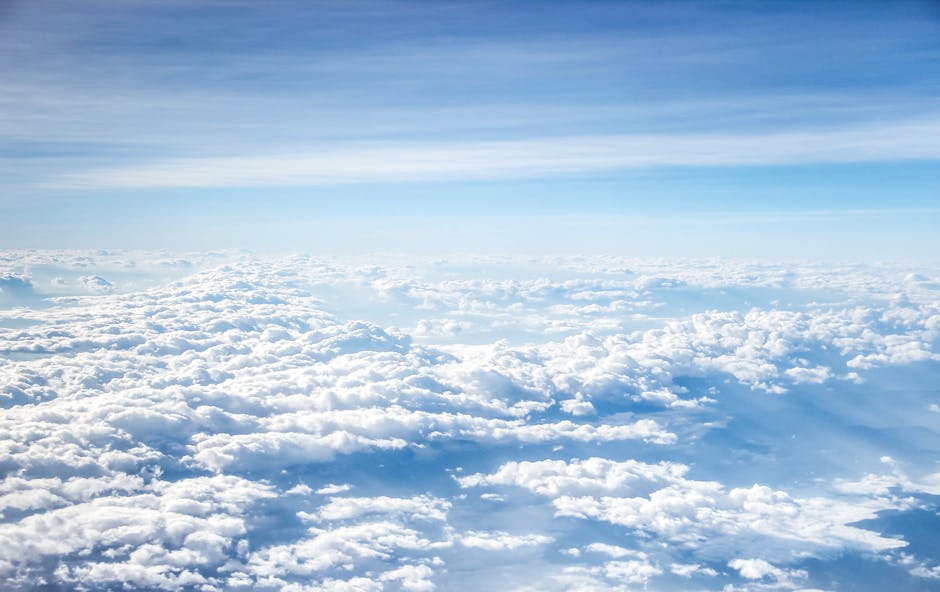Standard type
National ambient air quality objectives
Regulating Body
Ministry of Environment
Current Standard
Clean Air Conservation Act
Applicability
Nationwide
Categories
History
South Korea’s first comprehensive policy addressing ambient air quality came into effect in August 1990. All national ambient air quality regulations fall under the Clean Air Conservation Act, which is a part of the Environmental Conservation Act (1977) within the Environmental Pollution Prevention Act (1963).
Limits for specific criteria pollutants date back to 1978, when a standard for sulfur dioxide was originally established. Environmental standards for CO, NO2, TSP, O3 and HCs were added to the list of regulated pollutants in 1983, with lead also added on in 1991. Standards for SO2 were made more stringent in 1993, and for CO in 1995. In 1995, PM10 regulations were established. In 2001, TSP became exempt from any environmental standard, while stringencies were increased for SO2, PM10, and lead. Finally, in 2007, standards were strengthened for NO2 and a new standard for benzene was passed with 2010 as an implementation date.
In addition to a national policy, South Korea also has legislation focusing on protecting air quality in certain metropolitan regions. The Seoul Metropolitan Air Quality Improvement Promotion Program Organization was launched in April 2002. In December 2003, the organization ratified the Special Act on Metropolitan Air Quality Improvement, which gave legal basis to improving metropolitan air quality. A 10-year plan for five major metropolitan regions (except Seoul) and the Gwangyang Bay area was established in June 2006. Both the Clean Air Conservation Act and the Special Act on Metropolitan Air Quality Improvement were last revised on March 21, 2008.
Technical Standards
South Korea’s current ambient air quality standards are summarized below.
| Air Pollutants | Standard |
|---|---|
| Sulfur Dioxide (SO2) |
|
| Carbon Monoxide (CO) |
|
| Nitrogen Dioxide (NO2) |
|
| PM10 |
|
| Ozone (O3) |
|
| Lead |
|
| Benzene |
|
| Notes:
1. 1-hr average: The 99th percentile value less than the standard 8-hr and 24-hr average: the 99th percentile value less than the standard 2. PM10 stands for Particular Matter of less than 10 millionths of a metre (10 micrometers or 10um) in diameter. |
|

